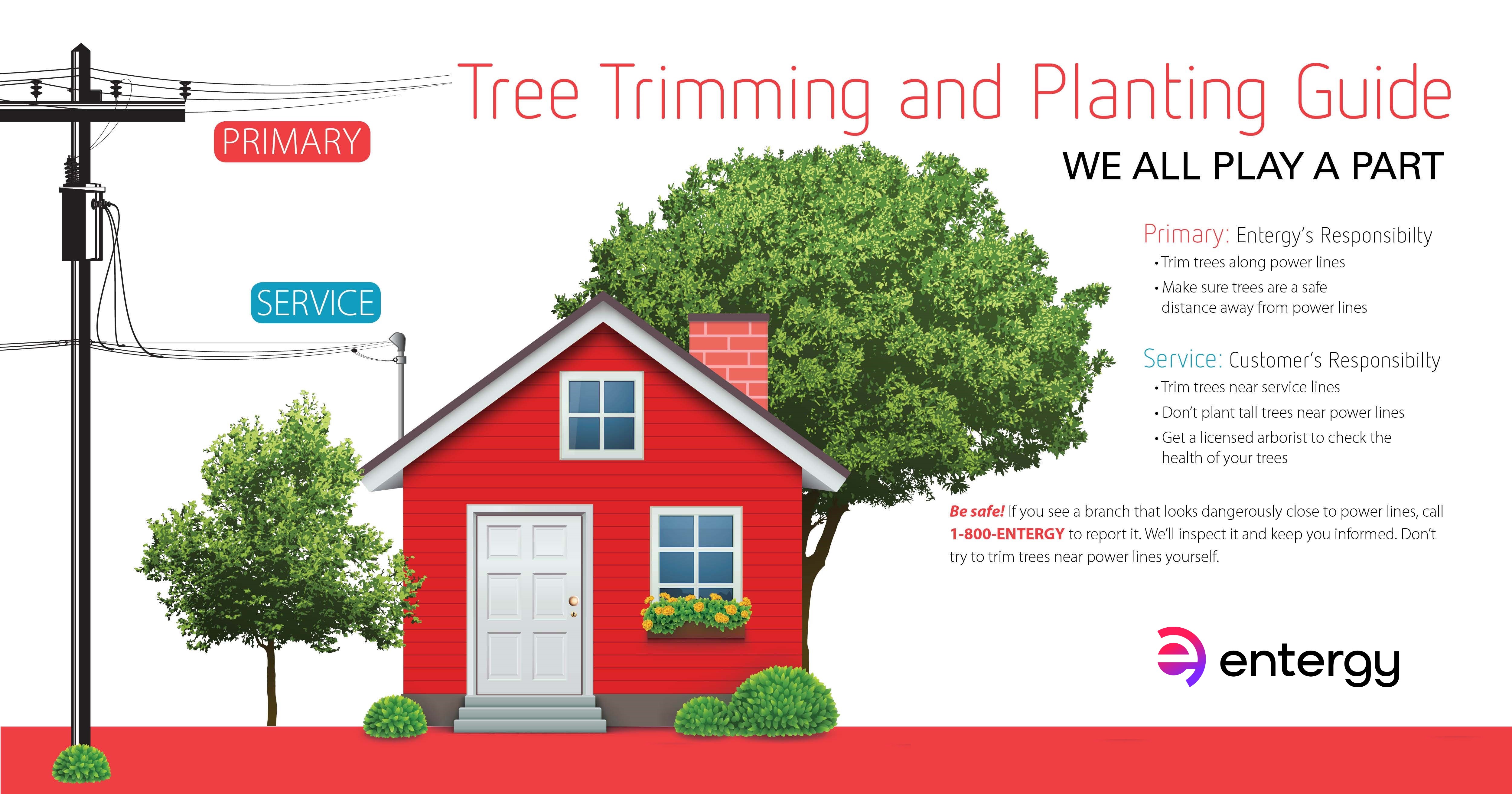Tree Removal Aftercare: Best Practices For Landscape Healing
Tree Removal Aftercare: Best Practices For Landscape Healing
Blog Article
Web Content Writer-Graham Mejia
After a tree's elimination, your landscape might look rather different, and it's essential to evaluate the consequences carefully. You'll wish to review the soil disruption and inspect surrounding plants for any type of indicators of tension. Overlooking these variables can lead to larger problems down the line. So, what should you finish with those stumps and roots? And how do you choose the most effective plants for your revitalized room? Let's check out these crucial steps.
Analyzing the Aftermath: Reviewing Your Landscape
After a tree removal, it's essential to evaluate your landscape to understand the influence it has on your lawn.
Start by examining the area where the tree stood. Try to find indications of soil disturbance, and examine the bordering plants for any stress or damage.
You need to additionally keep in mind of just how the elimination has transformed sunshine direct exposure and air flow in your yard. This shift can influence the growth of nearby plants, so it's essential to evaluate their health and wellness.
Take into consideration the aesthetic aspects also; the removal may produce an open space that you can upgrade.
Ultimately, think about any kind of potential disintegration problems that might develop from the tree's lack. Resolving these variables early will assist recover balance to your landscape.
Dealing With Stumps and Roots: Alternatives for Elimination
As soon as you've analyzed the results of the tree elimination, you'll likely need to tackle the stump and roots left.
You have a couple of alternatives for removal. One reliable technique is stump grinding, where a specialist makes use of a machine to grind the stump down to underground degree. Suggested Studying leaves very little disruption to your landscape.
If you choose a DIY technique, you can make use of a combination of digging and chemical stump eliminators. Simply keep in mind, this procedure can require time and effort.
Conversely, think about leaving the stump as an all-natural function, which can serve as an unique yard aspect or habitat for wild animals.
Whatever you pick, addressing the stump and roots is important for restoring your landscape.
Selecting the Right Plants for Your New Area
As you examine your newly gotten rid of room, choosing the right plants can substantially boost your landscape's charm and performance.
Start by considering the sunshine and dirt conditions. For bright areas, select drought-resistant plants like lavender or succulents. In shaded areas, brushes and hostas prosper well.
Think of the dimension and development routines of your plants; mix perennials and annuals for seasonal selection. Don't fail to remember to incorporate native species; they call for much less upkeep and support neighborhood wild animals.
Team plants in odd numbers for a much more natural appearance and develop layers for aesthetic depth.
Finally, ensure you have a mix of shades and structures to maintain your landscape lively throughout the seasons.
Satisfied https://arthurpkfau.onzeblog.com/35318982/tree-removal-safety-and-security-tips-what-you-required-to-know-before-you-beginning !
Verdict
To conclude, restoring your landscape after tree elimination is a fulfilling procedure. By assessing the aftermath, attending to stumps and roots, and choosing the right plants, you'll create a growing environment. Don't neglect to include erosion control procedures to secure your dirt. With a little initiative and treatment, you can change your area into a lively garden that enhances your home. Accept the possibility to rejuvenate your landscape and appreciate the beauty of nature right in your backyard!
